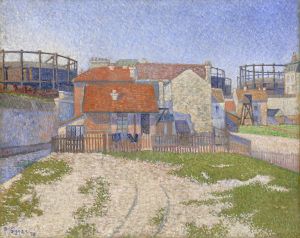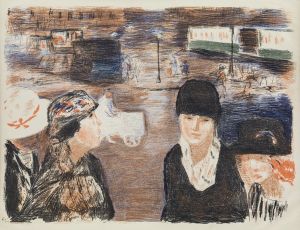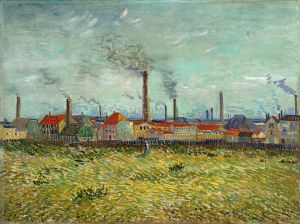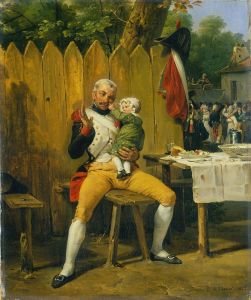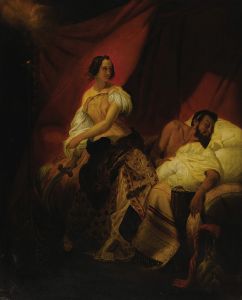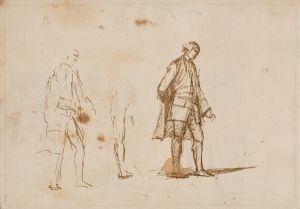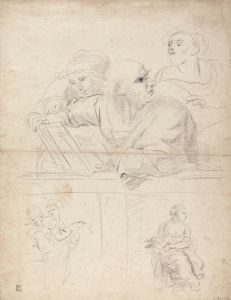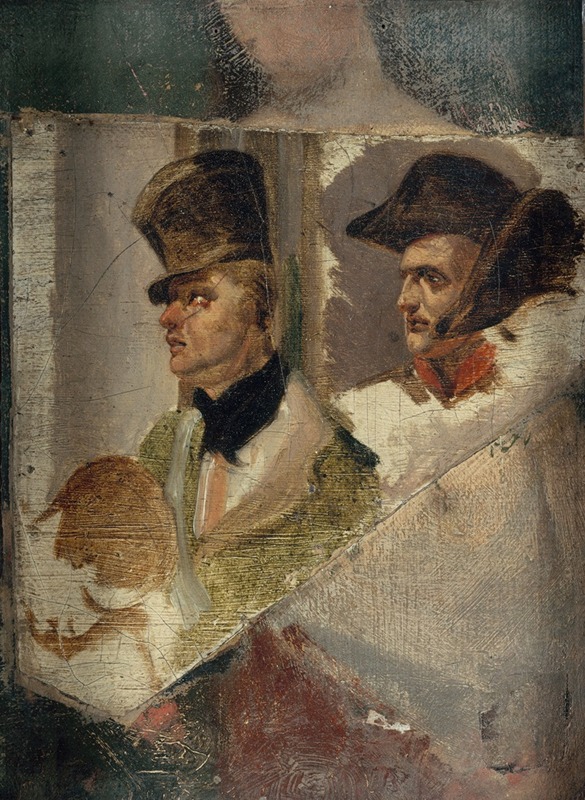
Études de têtes pour ‘La Barrière de Clichy – Défense de Paris, le 30 mars 1814’
A hand-painted replica of Horace Vernet’s masterpiece Études de têtes pour ‘La Barrière de Clichy – Défense de Paris, le 30 mars 1814’, meticulously crafted by professional artists to capture the true essence of the original. Each piece is created with museum-quality canvas and rare mineral pigments, carefully painted by experienced artists with delicate brushstrokes and rich, layered colors to perfectly recreate the texture of the original artwork. Unlike machine-printed reproductions, this hand-painted version brings the painting to life, infused with the artist’s emotions and skill in every stroke. Whether for personal collection or home decoration, it instantly elevates the artistic atmosphere of any space.
Horace Vernet's Études de têtes pour ‘La Barrière de Clichy – Défense de Paris, le 30 mars 1814’ is a preparatory study for his larger historical painting La Barrière de Clichy – Défense de Paris, le 30 mars 1814. This study, which translates to Studies of Heads for ‘The Barrier of Clichy – Defense of Paris, March 30, 1814’, showcases Vernet's meticulous attention to detail and his focus on capturing the human expressions and emotions of the figures depicted in the final composition.
The larger painting commemorates the defense of Paris during the Napoleonic Wars, specifically the Battle of Paris on March 30, 1814. This battle marked one of the final confrontations of the War of the Sixth Coalition, in which the allied forces of Russia, Prussia, and Austria advanced on Paris, leading to its eventual surrender. Vernet's work honors the resilience and bravery of the French defenders, including both soldiers and civilians, as they attempted to protect their city from the invading forces.
In Études de têtes, Vernet focuses on the individual faces of the characters who would later populate the final painting. These studies likely served as a means for the artist to experiment with expressions, emotions, and physiognomy, ensuring that each figure in the larger composition conveyed a sense of realism and humanity. Such preparatory studies were a common practice among academic painters of the 19th century, allowing them to refine their ideas and achieve a high level of detail in their finished works.
Horace Vernet (1789–1863) was a prominent French painter known for his historical and military scenes. Coming from a family of artists, Vernet gained recognition for his ability to depict dynamic and dramatic moments with precision and clarity. His works often celebrated French military history and national pride, making him a favored artist during the July Monarchy under King Louis-Philippe.
The final painting, La Barrière de Clichy, was completed in 1820 and is housed in the Musée du Louvre in Paris. It portrays a dramatic scene of the defense, with Marshal Moncey and other defenders standing resolutely against the advancing enemy. The preparatory studies, such as Études de têtes, provide insight into Vernet's creative process and his dedication to portraying the human element of historical events.
While the exact location of Études de têtes may not be widely documented, it remains an important example of Vernet's preparatory work and his approach to historical painting. The study underscores the artist's commitment to capturing the emotional depth and individuality of his subjects, contributing to the overall impact of the final masterpiece.





